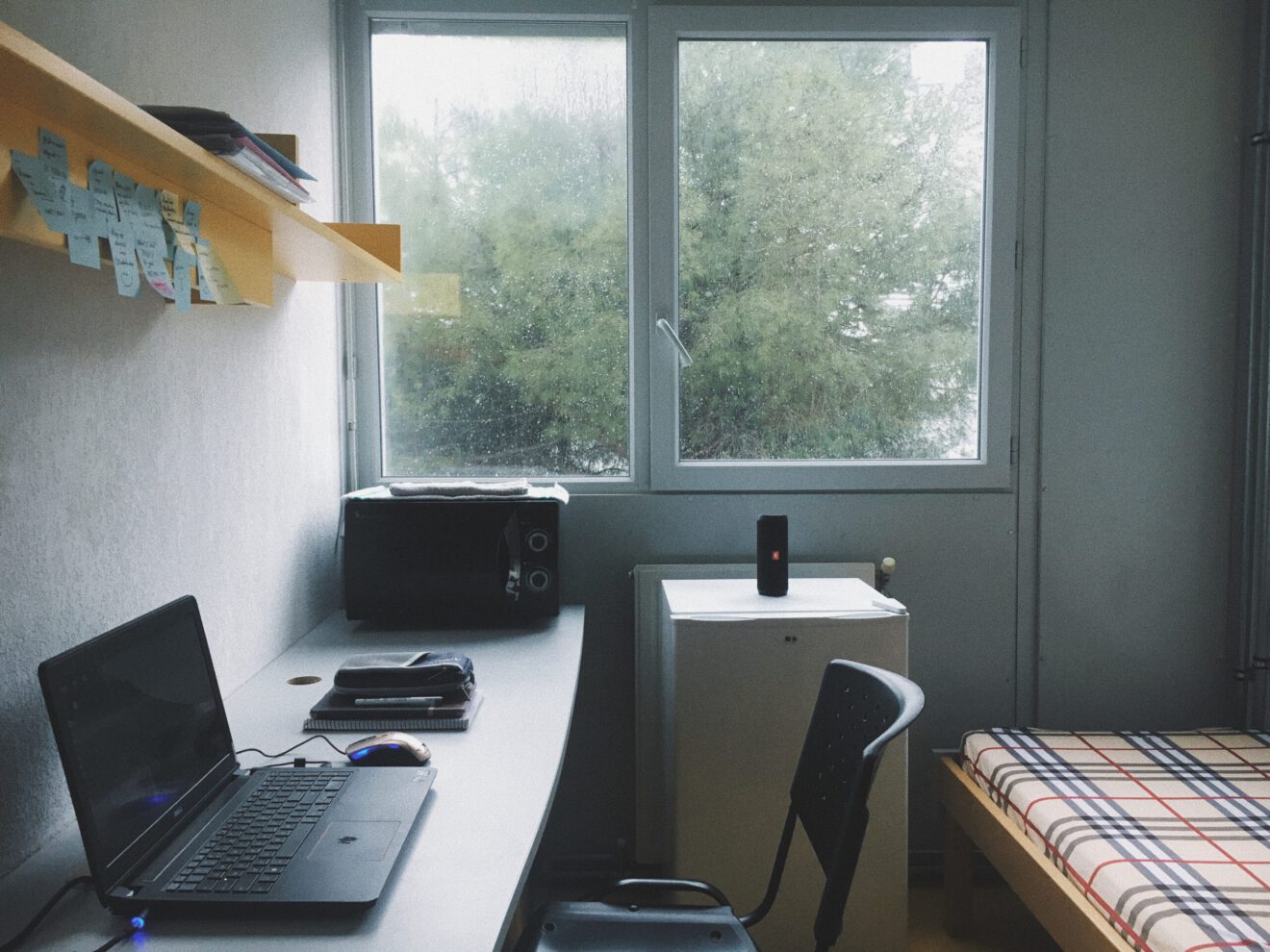Insights is a SmartBrief Education Originals column that features perspectives from noted experts and leaders in education on hot-button issues affecting schools and districts. All contributors are selected by the SmartBrief Education editorial team.
The transition from in-person to remote learning has been overwhelming for many families of students with special needs. Disrupted routines and loss of support services has created confusion and frustration in numerous households.
There are no easy solutions. But there are ways teachers can offer assistance and support that can help ease some of the challenges these families are facing.
Advise on the home learning space
Students need a learning space that meets their individual needs and lets them work without interruption. As families are setting up a work area, ask them some questions. What is around their student? Are there distractions, such as toys or television? That is not going to work for any student, particularly one with special needs.
Something else to consider: flexibility. Students don’t need to be stationary or sit in the same spot all day. Being at home means they can move around if needed. They can work from the kitchen table, the backyard, or a mobile workspace that follows them. Encourage families to be flexible and willing to adapt.
The student’s IEP teams should also be part of this conversation. Encourage parents or caregivers to send pictures of the student’s work area. You and the team can offer suggestions and ideas to help make it an efficient, functional space.
Help craft the daily routine
Every child, no matter their needs, needs a schedule. They need an outline of the day so they can be organized and know what is expected of them. It should also be in a format the student can understand. For instance, if the student cannot read words yet, create a schedule that uses just pictures.
What’s most important is consistency. Students with special needs need to know how their day will unfold, what tasks they’ll need to complete and any other special items. Work closely with families to build out this schedule so that everyone is on the same page.
Establish a communication plan
Find out what method of communication that works best for you and your families. What works for one family may not work for another. Some families prefer email and text while others prefer phone calls and video chats.
Be sure to carve out guidelines around your time. Set office hours so parents know when you are available — and when you are not. Establish fair turnaround times for questions and messages. This will help nurture work-life balance for everyone.
Most importantly, listen to your families. There will be struggles as they adjust to a new way of learning. Let them talk about their frustrations then work together to find solutions. Do not feel like you need to know all the answers — that is why you have an IEP team!
Help families get connected and stay healthy
Encourage your students’ families to connect with other families so they can share their experiences and resources. Some families form groups on Facebook — these can be great outlets for support.
And support matters, especially now. Be sure to mind your mental health and encourage your students’ families to do the same. It’s easy to get overwhelmed. Make sure that you and those you are helping are aware of their bandwidth and encourage them to take breaks.
Lindsay Scacco has more than 12 years of experience in the classroom. She is currently a lead education specialist at California Virtual Academies where she serves students statewide in transitional kindergarten through 12th grade.
___________________________________________
Want more news on special education? Sign up for SmartBrief on Special Education to get news like this in your inbox, or check out all of SmartBrief’s education newsletters, covering career and technical education, educational leadership, math education and more.
More from SmartBrief Education:
- Free resources for educators during the coronavirus pandemic
- Distance learning while respecting students’ home lives
- 8 ways to make vocabulary instruction more effective
